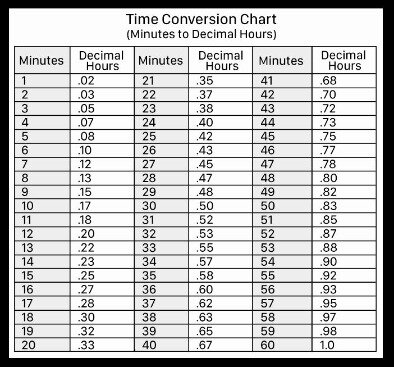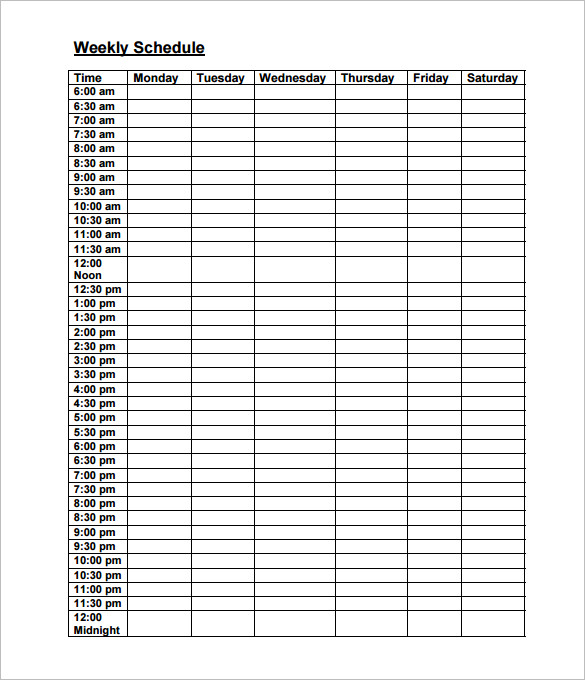
Also, wage-earners tend to be non-exempt, which means they are subject to overtime wage regulations set by the government to protect workers. There are several technical differences between the terms "wage" and "salary." For starters, while the word "salary" is best associated with employee compensation on an annual basis, the word "wage" is best associated with employee compensation based on the number of hours worked multiplied by an hourly rate of pay. Salary can sometimes be accompanied by additional compensation such as goods or services. An employee's salary is commonly defined as an annual figure in an employment contract that is signed upon hiring. SalaryĪ salary is normally paid on a regular basis, and the amount normally does not fluctuate based on the quality or quantity of work performed. Also, unions may be formed in order to set standards in certain companies or industries. To protect workers, many countries enforce minimum wages set by either central or local governments. Related Take Home Pay Calculator | Income Tax CalculatorĪ salary or wage is the payment from an employer to a worker for the time and works contributed. The unadjusted results ignore the holidays and paid vacation days. This calculator also assumes 52 working weeks or 260 weekdays per year in its calculations. All other pay frequency inputs are assumed to be holidays and vacation days adjusted values. In our hypothetical scenario, our company has the equivalent of 52.40 full-time employees.This salary calculator assumes the hourly and daily salary inputs to be unadjusted values. With the required inputs in place, we can arrive at approximately 52.40 FTEs by dividing the total hours worked by all employees by the total number of available work hours in a year.

Suppose a company currently has 50 full-time employees on its payroll, along with 10 part-time employees.

Work week hour calculator full#
The formula for calculating the full time equivalent (FTE) on an annual basis is as follows. Divide the Total Hours Worked by All Employees by the Number of Available Full-Time Hours in a Year (2,080 Hours).Add the Number of Hours Worked by Both Part-Time and Full-Time Employees.Count the Number of Hours Worked by Full-Time Employees.Count the Number of Hours Worked by Part-Time Employees.The baseline in order to qualify as 1.0 unit of a full-time employee is set at 40 hours, so a part-time employee that worked 20 hours would be marked as a 0.5 FTE.Ĭalculating the full time equivalent (FTE) is a four-step process: The FTE calculation counts part-time employees as a fraction of a full-time employee, most often on the basis of the number of hours worked.
Work week hour calculator how to#
How to Calculate Full Time Equivalent (FTE)?įTE, an abbreviation for “full time equivalent”, counts the approximate number of full-time employees employed by a specific company, but with the inclusion of part-time employees.Įmployers can use FTE to evaluate their hiring capacity and current payroll, as well as for reporting purposes related to labor laws and employee benefit programs.

In practice, FTE is measured by companies to estimate the number of full-time employees employed within a specific time frame. The Full Time Equivalent (FTE) represents a unit of measurement standardized to equal the number of hours worked by the typical full-time employee.


 0 kommentar(er)
0 kommentar(er)
